When Hanoi became a river: surviving the worst flooding in 15 years
October 1, 2025
I woke up on September 30, 2025, to the sound of rain hammering against my window. Not the usual gentle patter of Hanoi's rainy season, but an aggressive, relentless downpour that made me instinctively reach for my phone to check the news. What I saw confirmed my worst fears: Typhoon Bualoi had torn through Vietnam, leaving a trail of destruction and turning my beloved capital into something resembling Venice - except without the romance and with a lot more sewage.
By mid-morning, the streets I've walked for years had transformed into murky rivers. This wasn't just another rainy day in Hanoi. This was something entirely different, something worse than anything I'd experienced in my 15 years living here.
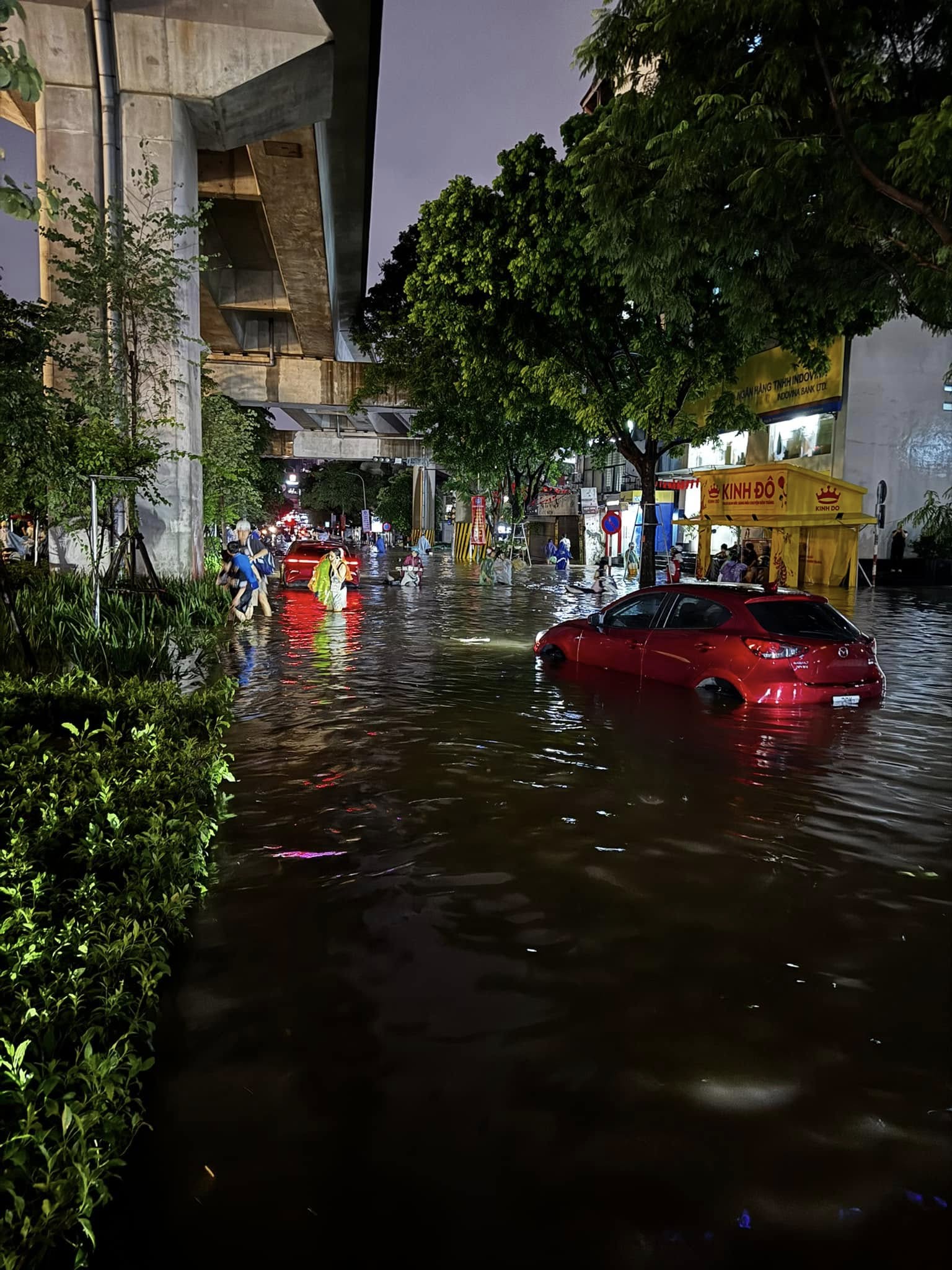
The city that forgot how to drain
Standing knee-deep in floodwater outside my apartment building, I couldn't help but think about what one of my neighbors had said earlier: "The urban planning is a mess. The infrastructure and drainage system can't keep up because urbanization happened too fast. Apartment buildings are popping up everywhere."
She was right. In just the past few years, I've watched Hanoi transform at breakneck speed. Where there used to be ponds and green spaces - natural reservoirs that absorbed rainwater - now stand gleaming apartment complexes and shopping malls. According to a study published in Scientific Reports, Hanoi's rapid urbanization has created serious infrastructure deficiencies, particularly in newly developed areas where sewerage coverage can't keep pace with construction.
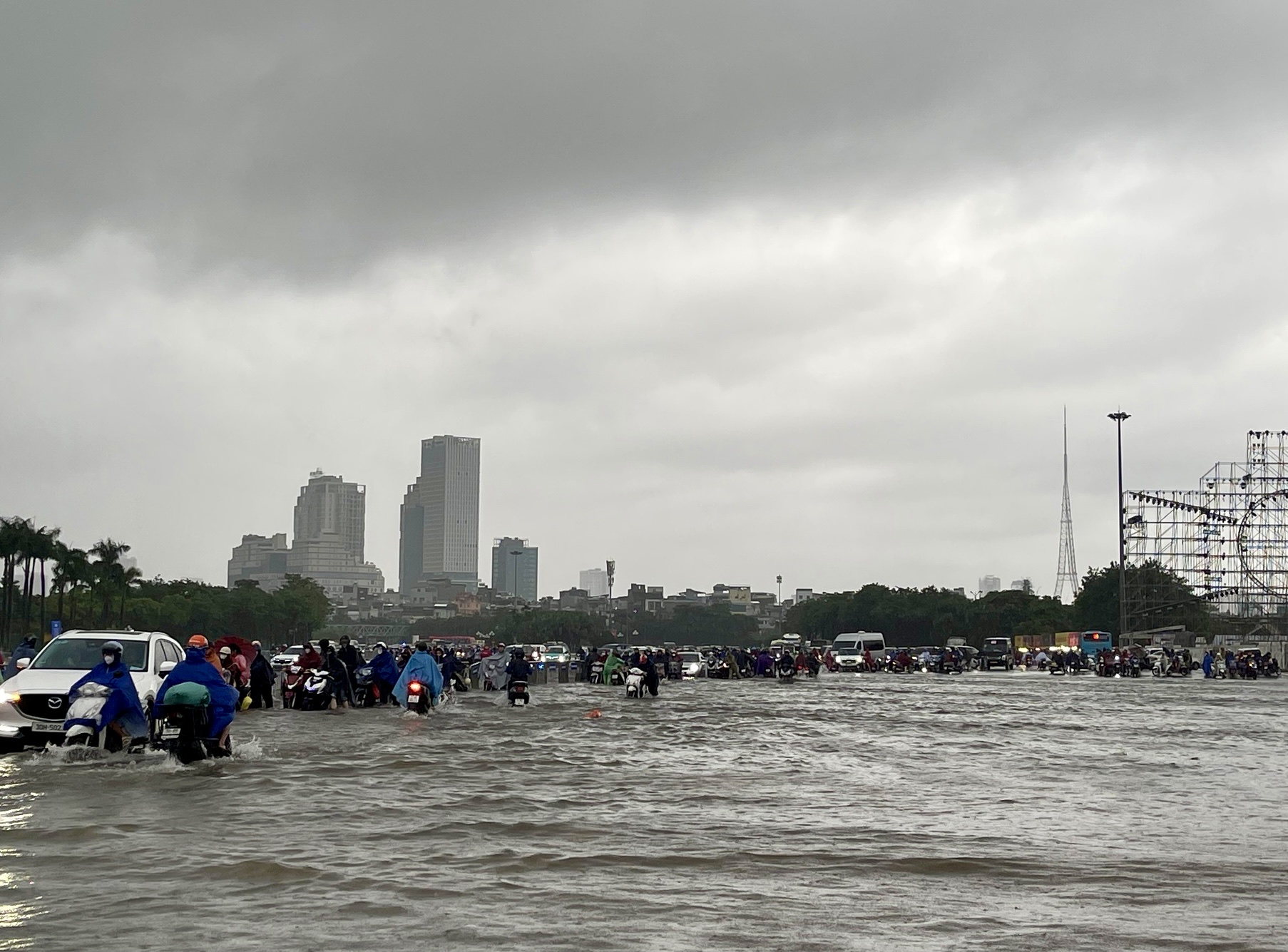
The result? Even a quick rain now brings the city to its knees. You don't need a typhoon anymore - just a couple hours of heavy downpour and everything grinds to a halt.
A city under siege: what Typhoon Bualoi revealed
The aftermath of Typhoon Bualoi exposed just how vulnerable Hanoi has become. As I waded through waist-deep water on what should have been a normal Tuesday morning, I saw school buses at 10 AM still trying to return children home. Parents stood anxiously on curbs, watching their kids navigate through contaminated floodwater that mixed rainwater with sewage and garbage.
The official numbers told a grim story: at least 19 people died and 21 remained missing, with over 100,000 homes damaged across central Vietnam and the capital. But statistics don't capture the chaos - the panic of watching your motorbike float away, the fear of waterborne diseases, the frustration of losing a day's wages because you simply couldn't get to work.
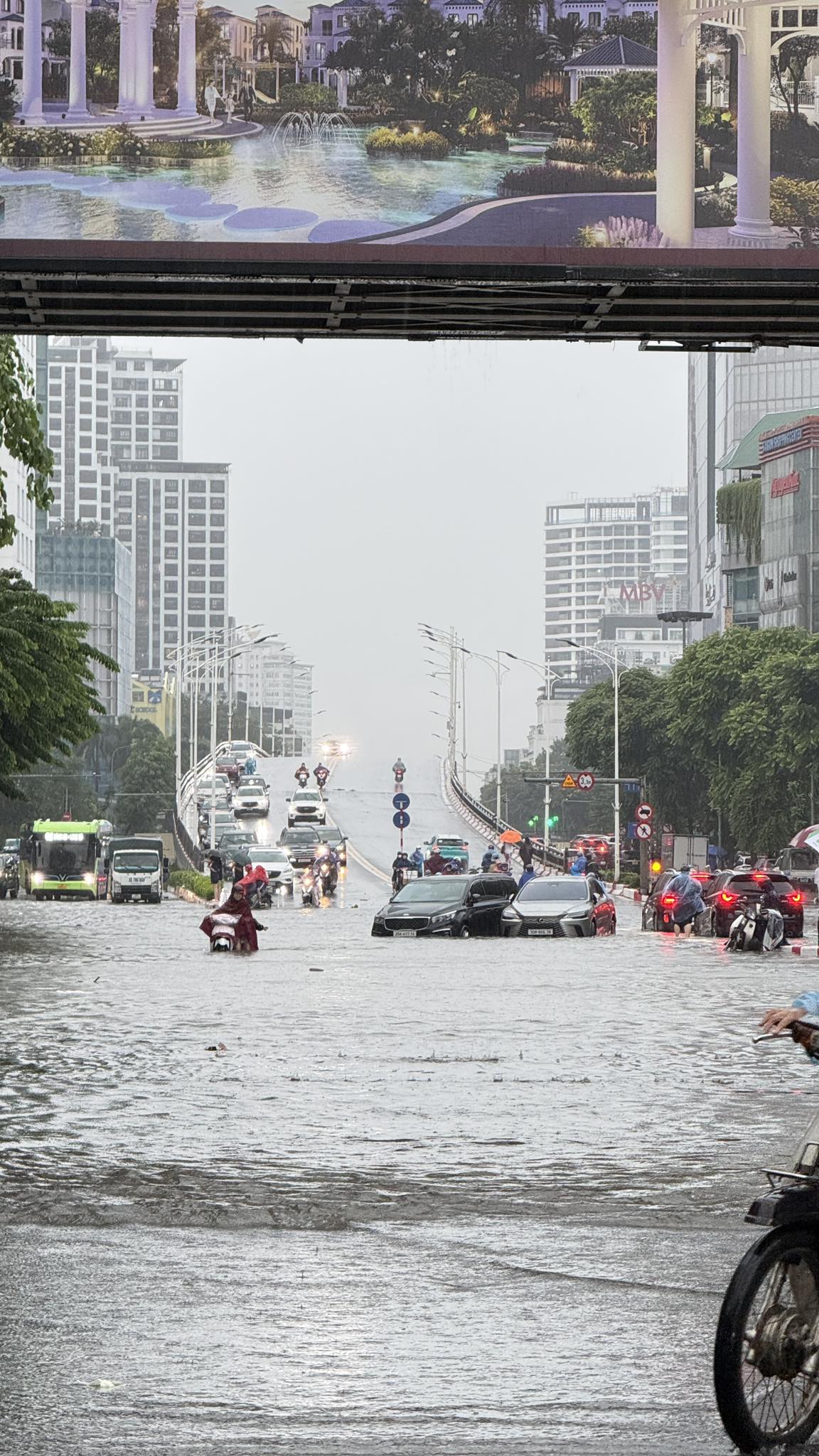
"I've lived in Hanoi for 15 years and I've never seen anything like this. The flooding is terrible, and places that never flooded before are now completely underwater. It makes me want to sell my house and move back to the countryside."
The hidden cost of rapid development
As I picked my way through flooded streets, dodging floating debris and trying not to think about what else might be in the water, I started doing the math in my head. The cost of living in Hanoi had already felt unbearable - salaries remain stubbornly low while property prices have shot into the stratosphere. Now we can add another line item: the cost of frequent flooding.
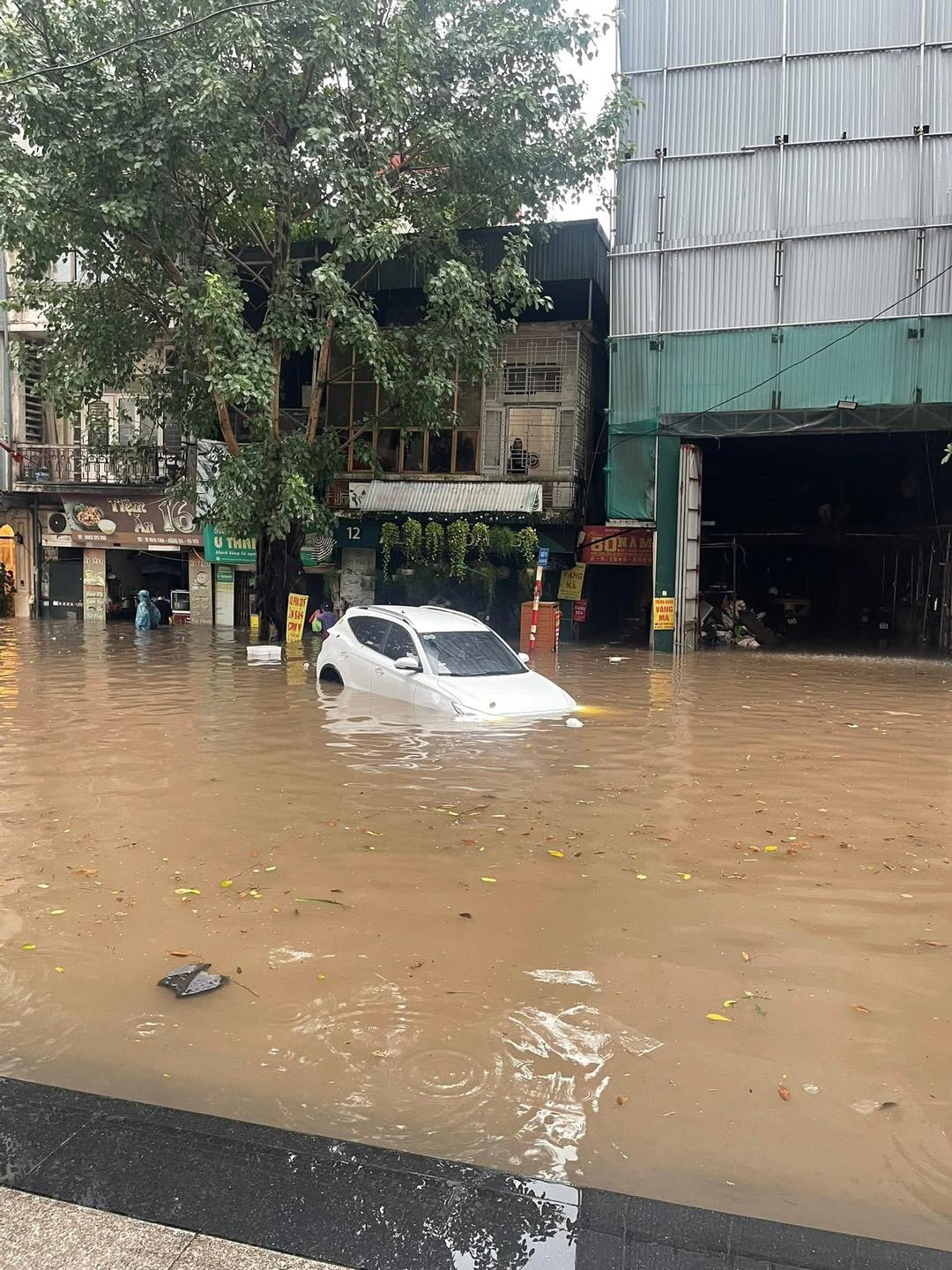
The pattern is clear and frustrating. Developers fill in ponds to build new housing projects. Those ponds that used to absorb rainfall during storms? Gone. The result is a city where water has nowhere to go but onto streets and into homes. Research from Hanoi's urban flood assessment studies confirms what residents have known for years: rapid urbanization coupled with climate change has made flooding more frequent and more severe.
One resident summed it up perfectly in a comment I read later: "The basic problem is planning that builds houses on every available empty space. Many current projects fill in ponds to build houses. Hanoi used to have many ponds and lakes and still flooded. Now it's all buildings with no water and nowhere for drainage, so flooding just continues."
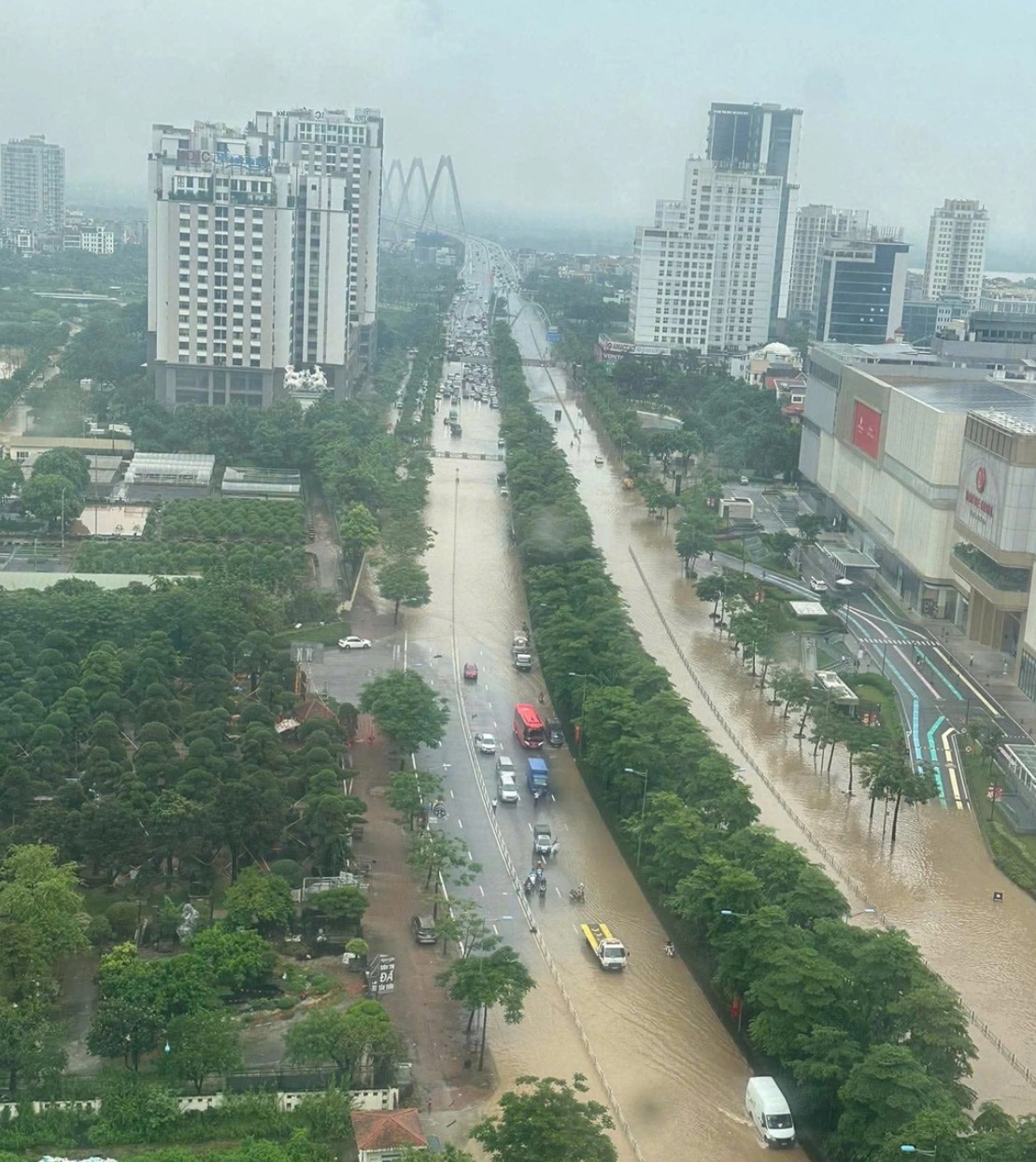
Living with the paradox
By late afternoon, the water had started to recede, leaving behind a film of mud and the acrid smell of sewage. My shoes were ruined, my patience was gone, and I was left contemplating an uncomfortable truth: I live in a city caught between worlds.
Hanoi wants to be a modern metropolis - and in many ways, it is. The skyline grows taller every year, foreign investment pours in, and the economy churns forward. But the infrastructure hasn't caught up with the ambition. We're building a 21st-century city on a 20th-century drainage system, and every typhoon season exposes that gap more brutally than the last.
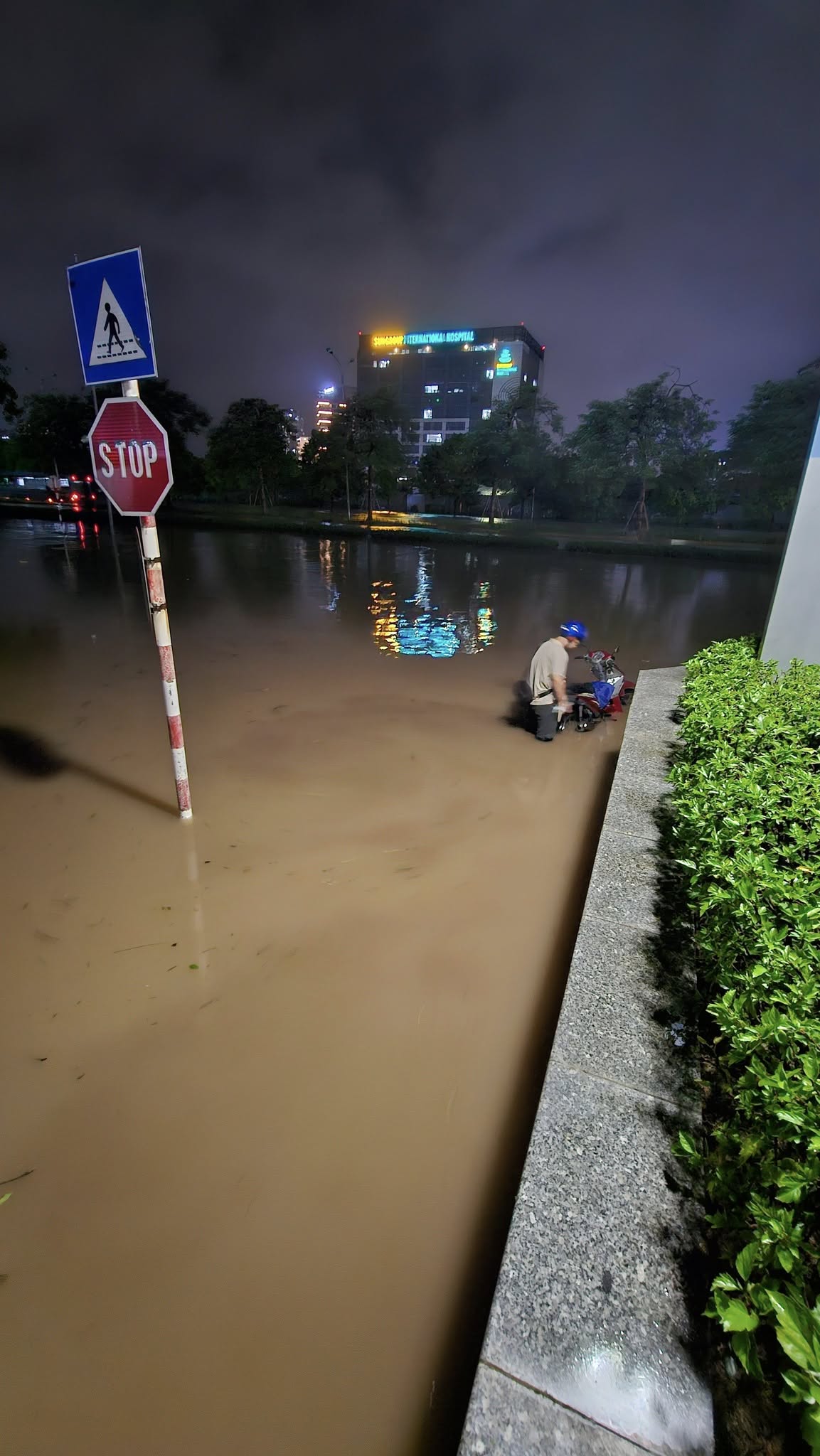
The calculation many of us are making is stark: low income, sky-high property prices, and now a "bonus combo" as one commenter put it - pollution, dust, and noise when it's sunny; flooding up to your neck when it rains, with sewage water floating everywhere.
What needs to change
The solution isn't simple, but it's not impossible either. Other rapidly developing Asian cities have tackled similar problems. Singapore invested heavily in drainage infrastructure alongside its development boom. Tokyo built massive underground drainage systems. Vietnam needs to learn from these examples before the next typhoon turns Hanoi into an aquarium again.
Here's what I think needs to happen:
Immediate steps:
- Stop approving projects that fill natural water retention areas
- Upgrade drainage systems in high-risk neighborhoods before building more towers
- Implement stricter enforcement of construction standards
- Create comprehensive flood risk assessments for new developments
Long-term solutions:
- Invest in green infrastructure - parks, retention ponds, permeable surfaces
- Modernize the citywide drainage network to handle climate change-driven rainfall
- Develop early warning systems that give residents more time to prepare
- Zone development away from areas prone to severe flooding
Finding hope in muddy water
As I cleaned mud from my apartment that evening, scrolling through photos on social media of Hanoi transformed into a waterworld, I felt oddly hopeful. Not because the situation had improved - it hadn't - but because everyone was talking about it. Neighbors who normally just nod in passing were commiserating in the hallway. Online forums exploded with discussions about urban planning. Maybe, just maybe, this disaster would be the wake-up call the city needed.
Typhoon Bualoi didn't just bring rain. It brought into sharp focus the consequences of prioritizing rapid development over sustainable infrastructure. It showed us that you can build all the fancy apartment towers you want, but if the water has nowhere to go, everyone - rich and poor alike - ends up wading through sewage.
I'm not ready to give up on Hanoi yet. This city has survived wars, economic upheaval, and countless floods before. But something has to change. The question is whether change will come through thoughtful planning or through increasingly catastrophic floods that eventually force our hand.
For now, I'm investing in better rain boots. And maybe checking real estate prices in the countryside.
